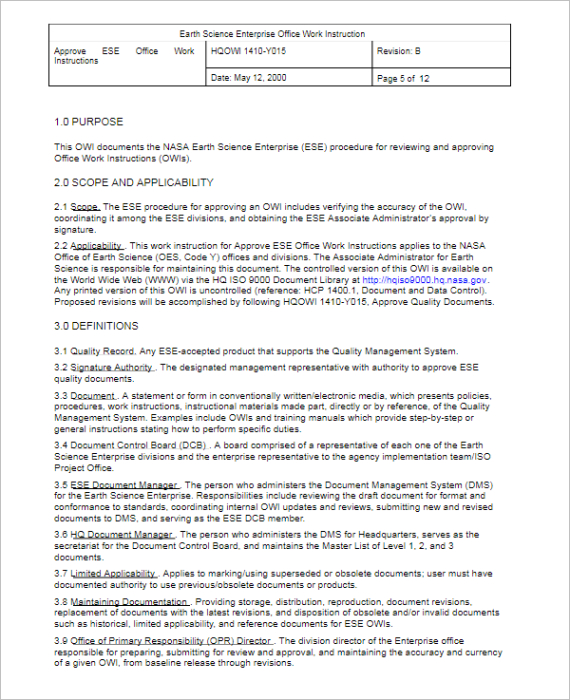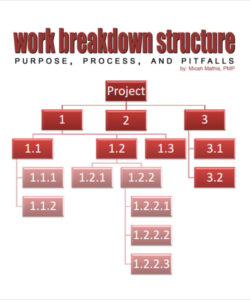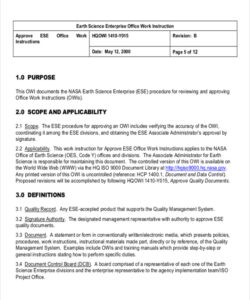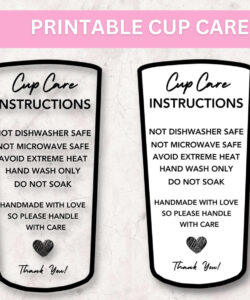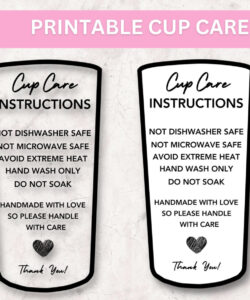Job instruction breakdown template. Ever had to explain something intricate, only to realize your explanation is as clear as mud? Or maybe you’re tasked with creating consistent training materials, but you’re struggling to keep everything uniform? We’ve all gone through that. That’s where the magic of an instruction template comes in. It’s like having a key resource for clear communication, enabling you to provide information effectively and efficiently, each and every time.
Imagine an instruction template as your secret ally in avoiding confusion. It’s a pre-structured format that helps you craft clear, concise, and detailed instructions. From straightforward tasks like swapping a lightbulb to complicated procedures like putting together furniture, an instruction template can make the complete process significantly smoother for you and the individual following your guidance. It saves your time and decreases the likelihood of confusion. Now, let’s delve deeper into the world of instruction templates and discover how they can revolutionize the way you communicate.
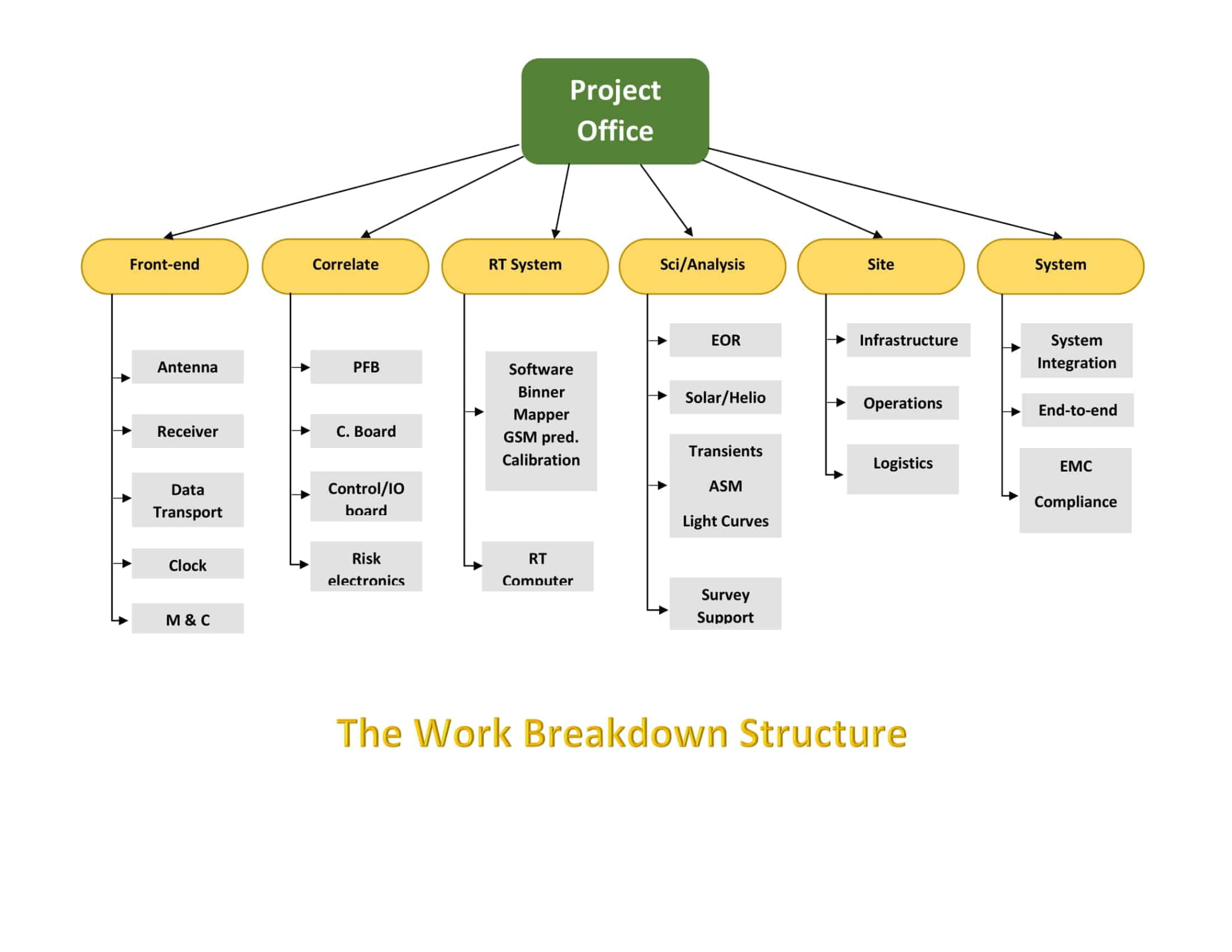
Picture trying to put together a piece of furniture without any instructions. Irritating, isn’t it? The same principle applies to any task, big or small. An instruction template offers a structure for clear, concise, and simple-to-understand guidelines. It helps you arrange your thoughts, guaranteeing you cover all the essential steps and details. This reduces the chances of errors and misunderstandings, leading to superior results and enhanced efficiency.
In addition to clarity, an instruction template fosters consistency. If you regularly develop instructions for similar tasks, a template ensures a consistent method. This makes it easier for people to understand and follow your instructions, regardless of the specific task. Consistency also helps create trust and confidence, as people know what to expect from your guidelines.
Time is another important resource that an instruction template can help you preserve. Instead of starting from scratch every time, you can simply modify your template to fit the task at hand. This significantly cuts down the time used for creating instructions, enabling you to focus on other crucial parts of your work or project.
Finally, using an instruction template can improve the overall quality of your instructions. By providing a clear structure, it inspires you to meticulously think through each step, address possible challenges, and add valuable tips and cautions. This results in clearer and more accessible instructions, leading to higher satisfaction for all parties involved.
The first step in creating an effective instruction template is recognizing your intended audience. Who are these instructions for? What is their degree of knowledge and skill? Knowing your audience will enable you to adjust the language and intricacy of the instructions accordingly. A template for experienced technicians will look very different from one designed for new users.
Checklists are another important instruction template style. They are perfect for tasks that include multiple items or need verification. A checklist makes sure that all essential steps are done and nothing is missed. This can be particularly helpful in managing projects, quality assurance, and daily tasks such as packing for a trip.
Split the task into an array of chronological steps. Each step should be concise and easy to understand. Use imperative verbs to begin each step, clarifying what action is required. For example, instead of saying “The button should be pressed,” say “Press the button.” This makes the instructions more direct and actionable.
Think about adding visuals like diagrams, photos, or videos. An image is worth a thousand words, and visuals can significantly improve understanding, especially for complex or technical tasks. They can also help make unclear steps more understandable or underscore critical details that might be missed in text-based instructions.
Finally, test and refine your instruction template. Once you’ve created a draft, ask someone to look it over and offer feedback. This can help you find any sections that require improvement, such as unclear directions or omitted steps. Revising and refining your instruction template will ensure that it is effective and easy to use.
In summary, an instruction template is a valuable tool for anyone who needs to convey information clearly and efficiently. Whether you’re composing a user guide, creating a training document, or just explaining a task to a teammate, using a template can save time and effort, ensuring that your instructions are straightforward and easy to follow.
So, the next time you find yourself struggling to explain something, consider using an instruction template. It might just be the key to ensuring clear and effective communication. From simple everyday tasks to complex technical procedures, an instruction template can help you get your point across clearly and accurately. It’s a useful tool for anyone looking to enhance their communication skills.
